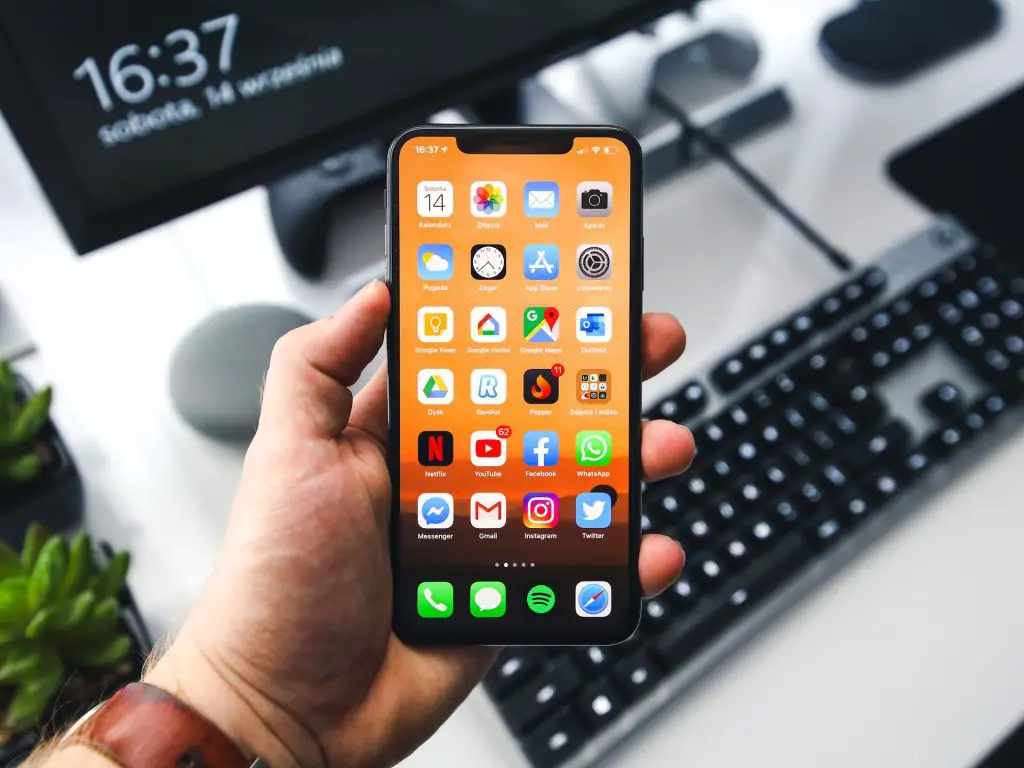Water damage can be a devastating occurrence for electronic devices, especially smartphones like the iPhone. Here’s a comprehensive guide on how to repair a water-damaged iPhone. Remember, these suggestions can help, but they do not guarantee a successful recovery. It’s always best to consult a professional if the damage is severe.
Immediate Actions
Power Down: When your iPhone is exposed to water, the very first thing to do is to switch it off immediately. This can prevent short circuits which could lead to more serious damage.
Remove SIM Card and Accessories: Use the SIM card tool that comes with your iPhone to remove the SIM card. Also, take off any case, headphones, or other accessories attached to the phone.
Dry the iPhone: Use a soft, lint-free cloth to gently pat the phone dry. Avoid rubbing the device, which could inadvertently push water further into the internals.
Avoid Using a Heat Source: Never use a heat source like a hairdryer to dry the iPhone. The intense heat can cause additional damage.
Treating the Water Damage
Use a Desiccant: Silica gel packets are excellent for absorbing moisture and are often found in new shoe boxes. If you don’t have silica gel, uncooked rice can be a decent alternative.
Place the iPhone in a sealed plastic bag or container filled with silica gel packets or uncooked rice.
Leave the iPhone in the container for at least 48 hours, but the longer the better.
Use a Vacuum Cleaner: Use a small vacuum cleaner to suck water out of the phone. Be careful not to hold the vacuum too close to the phone as it might create static electricity, which can cause further damage.
Inspecting the iPhone
Check the Liquid Contact Indicator (LCI): iPhones are equipped with an LCI, a small indicator that changes color when it comes in contact with water or a liquid containing water. The LCI is located in the SIM slot. A red LCI indicates that your device has been in contact with water.
Inspect the Charging Port and Headphone Jack: Look for any signs of corrosion or debris. If there’s corrosion, lightly scrub it away using a new, small-bristled toothbrush.
Inspect the Screen: Look for any discoloration or spots under the screen, which could be signs of liquid damage.
Turning the iPhone Back On
Charge the Phone: Before turning your iPhone on, charge it for a while. If it powers up, observe it carefully for any unusual behavior.
Reset the iPhone: If the iPhone is behaving strangely, a factory reset may help. Before doing this, make sure you have your data backed up. To reset your iPhone, go to Settings > General > Reset > Erase All Content and Settings.
Consulting a Professional
If your iPhone still shows signs of damage or doesn’t turn on, take it to a professional. Remember, Apple’s warranty doesn’t cover water damage, but you may be able to have it repaired for a fee. Or if you have AppleCare+ with Theft and Loss, it may cover up to two incidents of accidental damage.
Preventive Measures
While this guide provides ways to deal with a water-damaged iPhone, prevention is always better than cure.
Use a Waterproof Case: These cases can prevent water from getting into your iPhone. They’re especially useful if you’re around water frequently.
Avoid Moist Environments: Keep your iPhone in a dry environment whenever possible. Avoid leaving it in bathrooms or other humid places.
Keep Away from Liquids: As much as possible, keep your iPhone away from water and other liquids.
Remember, while this guide may help minimize the damage and potentially restore your iPhone to working condition, water damage can be unpredictable. It may cause irreparable damage or problems may surface weeks or even months after the incident. It’s always best to protect your iPhone from water whenever possible.







